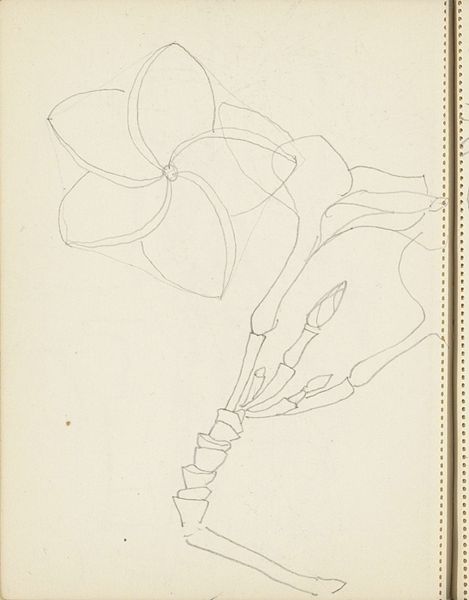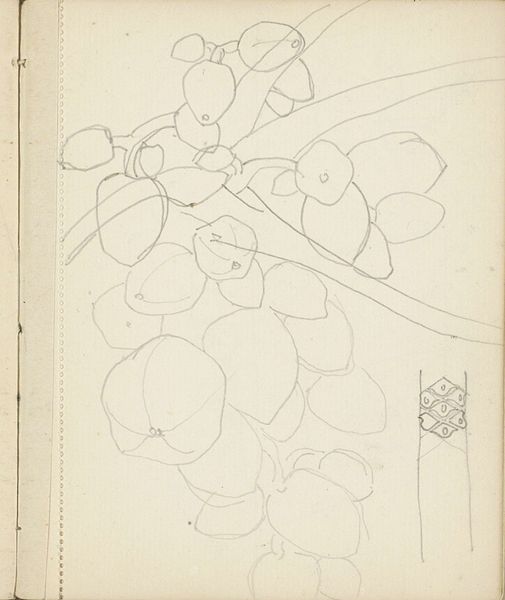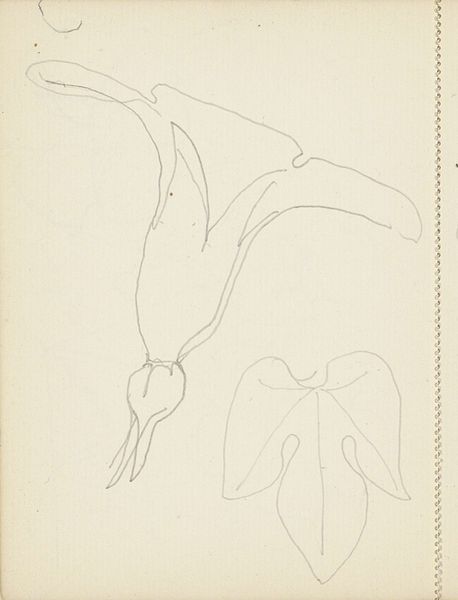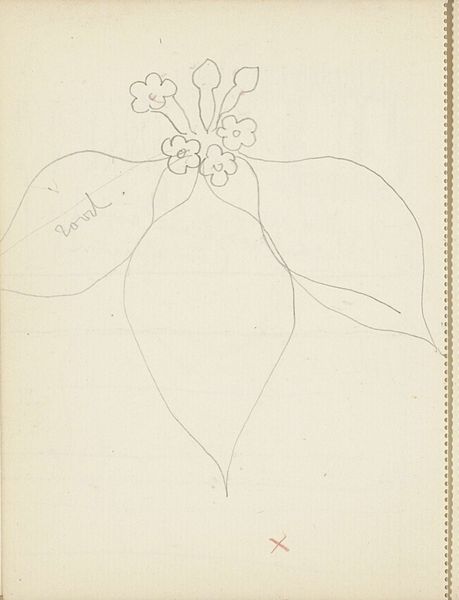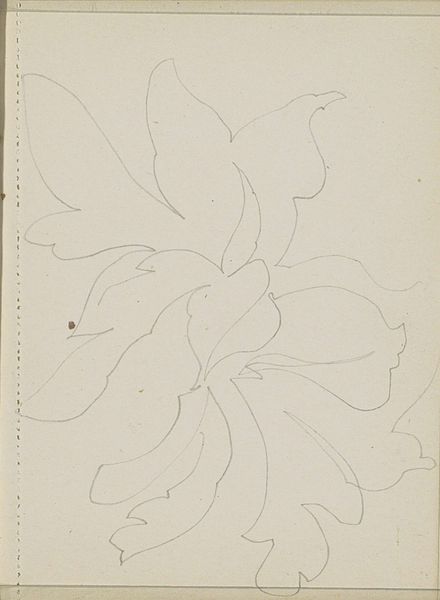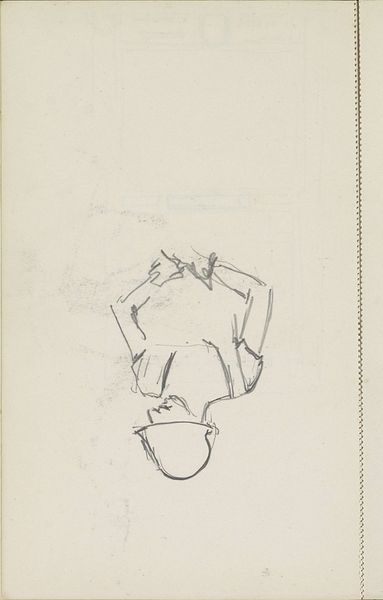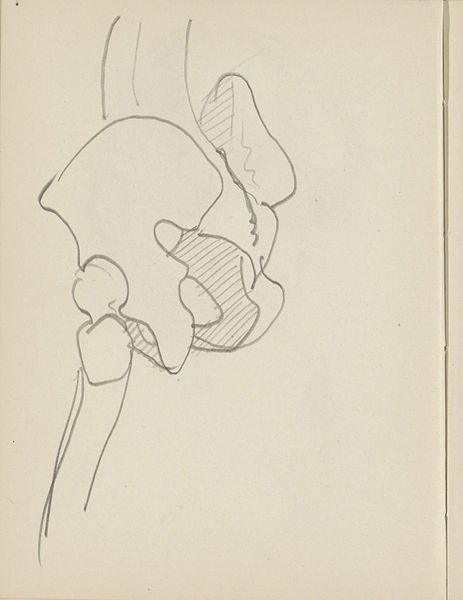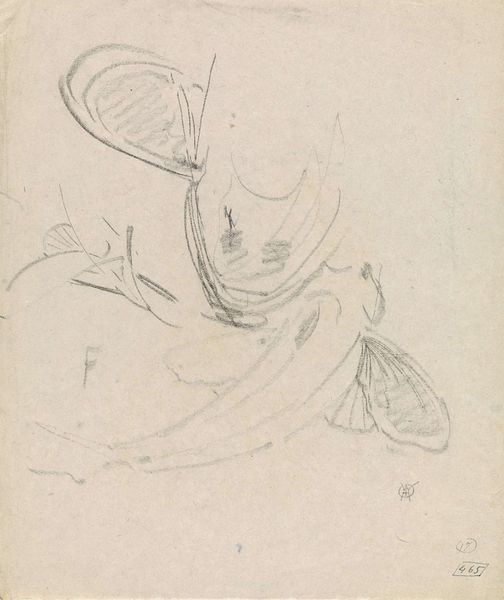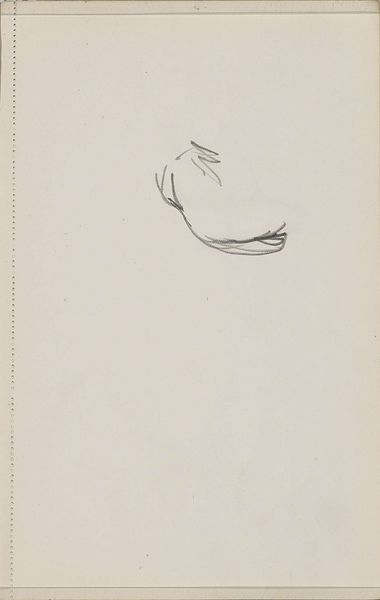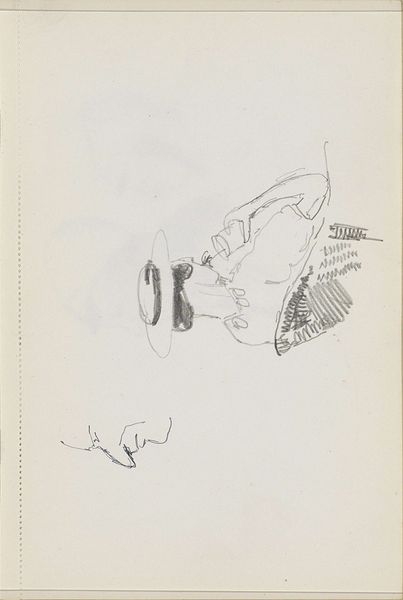
drawing, paper, pencil
#
drawing
#
organic
#
paper
#
form
#
pencil
#
line
Copyright: Rijks Museum: Open Domain
Editor: This pencil drawing on paper, titled "Bloem," by Reijer Stolk, dating roughly from 1916 to 1945, is currently housed in the Rijksmuseum. Its simple, almost ephemeral quality gives it a quietly contemplative mood. What aspects of its history and cultural significance do you find most compelling? Curator: The dates themselves speak volumes. Think about the world during those years – two World Wars sandwiching periods of rapid social change. A seemingly simple floral drawing becomes charged with possible interpretations. Was this an escape? A quiet act of resistance amidst turmoil? Art historians look at who had the leisure, the financial means, and perhaps even the *privilege* to create during those times. How did socio-political upheaval affect the artist’s subject matter? Editor: That's fascinating. I hadn’t considered the historical context so directly impacting a simple drawing. So, is it less about the flower itself and more about what drawing a flower represented during that time? Curator: Exactly! What institutions supported Stolk, enabling him to create? How was art being used politically during this era? The delicate lines and understated nature could be a direct contrast to more propagandistic art forms. Editor: So, it's almost subversive in its subtlety. I see how understanding the cultural landscape really deepens the appreciation of something that seems so straightforward at first glance. Curator: Precisely. We should question, whose stories are being told, and how? How do institutions like the Rijksmuseum shape the narrative by choosing to display this particular work and not another? These are critical considerations when examining art's role in the public sphere. Editor: I never thought about the social implications of even a simple flower drawing. Thank you for showing me there’s much more than meets the eye, and so many questions to ask about power dynamics in shaping artistic expression and its appreciation! Curator: Absolutely. Art acts as a visual record and a tool that prompts necessary reflection. It’s a great piece for us to challenge assumptions and reveal intricate social structures that can hide within art.
Comments
No comments
Be the first to comment and join the conversation on the ultimate creative platform.

